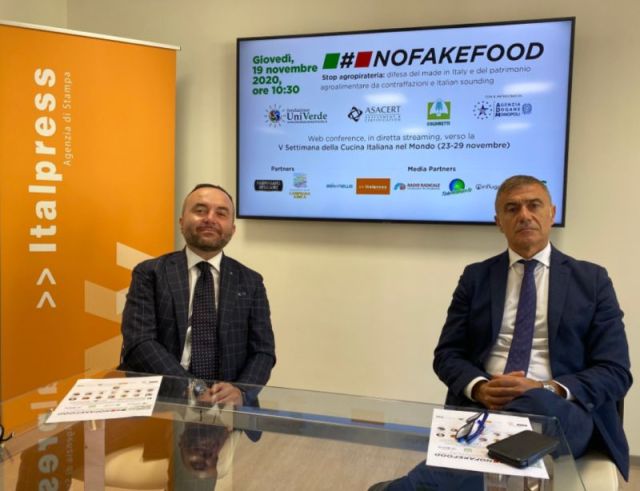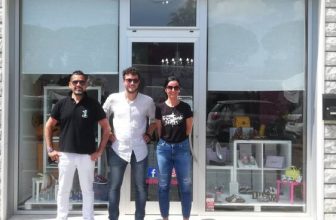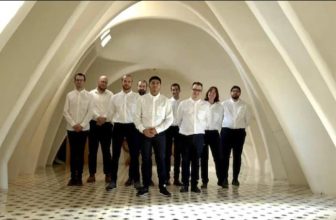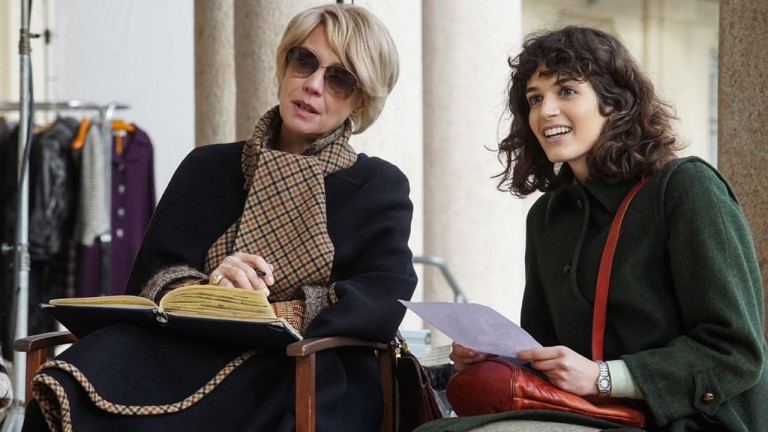Galtrucco's Milan, a model to start again today
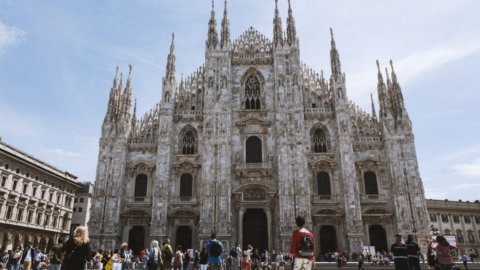
"By courtesy of the author, we publish Marco Cipelletti's preface to the book" Galtrucco, a Milanese story "which, despite having begun 150 years ago, is also relevant in times of Covid not only for the" sober elegance "of a brand of fabrics that favored the birth of the Italian style but for the entrepreneurial courage that manifested itself even in very difficult times "
Enrico Mannucci's book, "Galtrucco, a Milanese story“, Published by Rizzoli, was born on the occasion of the 150th anniversary of Galtrucco, but it does not propose to retrace its entire history, nor to follow a chronological order, from 1870 to today. It is rather a testimony, especially through images, of an important contribution to the trends of taste and fashion, to the elegance and luster of the city.
Galtrucco owes its fame to the quality of the fabrics, the beauty of the shop windows, the fabrics created exclusively for designers such as Armani and Lagerfeld, and last but not least to the always innovative content of the shops from the point of view of architecture and interior furnishings, with the big names of Ulrich and Bega. At the beginning of the new century, the company went out of business and kept its real estate branch, which also includes almost all the shops once under the Galtrucco sign and thus preserves a legacy of the sector of origin: for example the shop in via Montenapoleone run by Loro Piana, once a business partner. Or the Salone dei Tessuti in via San Gregorio, from the 1920s ante litteram showroom for Galtrucco fabrics and today a space for events or exhibitions related above all to fashion and design.
This volume is also a dedication to the city of Milan, and traces its evolution over the decades with its most representative place, Piazza del Duomo, as the main theme. Here the combination of fashion, fabrics and interior architecture made the Galtrucco shop a point of reference for sober elegance, without pomp and excessive ostentation, typical of the "Milanese taste".
Another recurring theme in these pages is the commitment to invest capital even in the most unfavorable circumstances; for the reconstruction and resumption of activity after the two wars, for the restoration in record time of the shop in Piazza Duomo after the serious fire of 1973 and for the real estate redevelopments started years ago in a period of severe economic recession. This too, perhaps, is a distinctive Milanese trait: the ambition to anticipate the exit from a crisis.
Today we are called to a new difficult test for the economic consequences of a pandemic, and we need to rediscover that kind of entrepreneurial spirit.
Copyright © | firstonline.info

